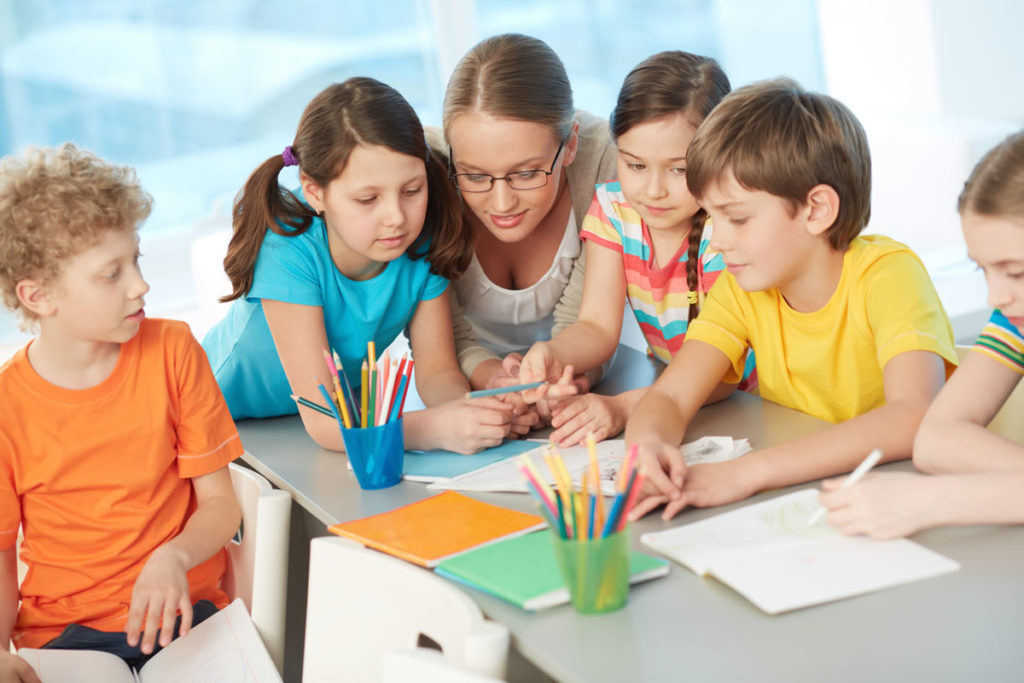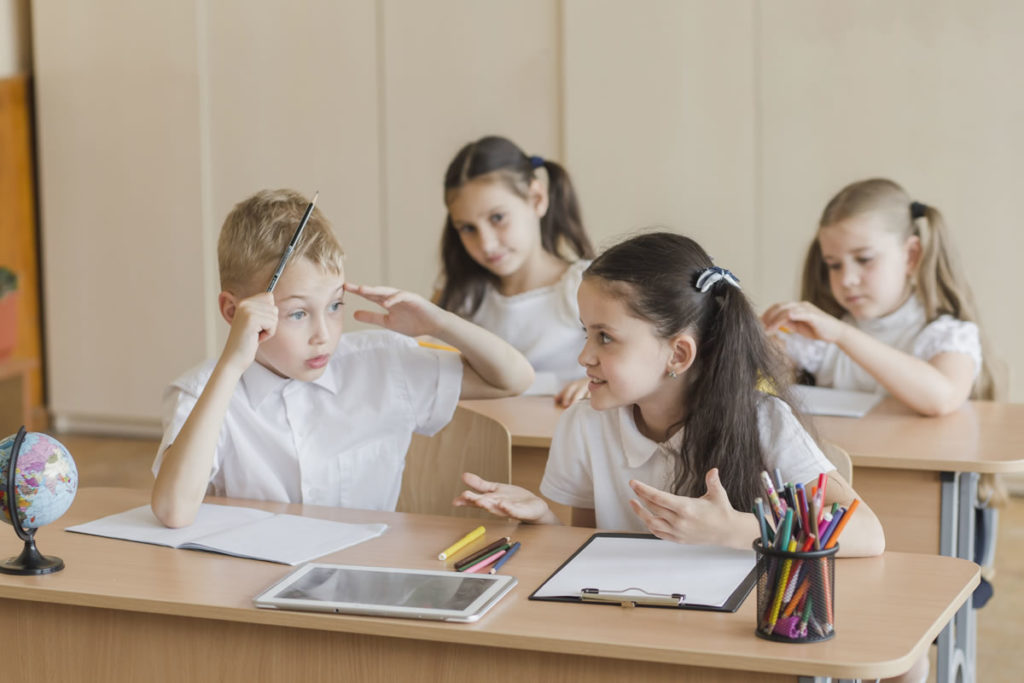Debates are techniques used to reflect and contribute opinions on issues that are sometimes controversial, but that often affect a large number of people in a society. That is why school is the perfect place to teach to debate, to express opinions with respect, without insults, and to learn to argue, since it is the place where the little ones are taught and trained so that later on they can be a full part of the place where they live.
And to be able to work the discussions in class in groups effectively , in this article we have gathered the main guidelines to do it and evaluate the activity within the classroom.

Guidelines for working on discussions in the classroom
- Present the topic
The first thing we must do before starting a debate is to present the topic to be debated to all students, in order to find the central question of the debate and to be able to choose the techniques and positions to follow. This question will almost always be related to the one that generates the most controversy on the subject with a significant diversity of opinions.
- Give a deadline for the student to properly inform himself on the subject
Many students’ responses, in the first moment, will be given on stereotyped pre-conceptions or, simply, they will show an absolute ignorance about the problem or debate in question. That is why it is necessary to grant a sufficiently long term, depending on the complexity of the subject, so that students can investigate , inform themselves appropriately, talk with their parents or other teachers, and acquire enough knowledge to speak properly about the subject. In this sense, reference sources can be indicated, but it is important to provide them with sources that show different opinions to contribute in this way to develop and enhance critical thinking.
- Create discussion teams
The debate teams must be made up of at least 2 or 4 people. Once the groups are formed, the students who form them must together make a comparative table that reflects the different positions found on the subject and the one they are going to lean towards or defend at the peak of the debate. Not necessarily the positions that are chosen should be the ones with which we agree the most, since a good way to learn to debate and reflect is often achieved by having to defend with convincing arguments the positions that are contrary to our own beliefs or ideas, although This is an exercise that will require an advanced level from the class.
- Choose keynote speakers
Within the debate team it is also possible that there are students who defend one position or another. Those who defend a position more concretely will be the best speakers to present the strongest possible arguments for the position they are going to defend, when the time comes, on behalf of the whole group. If the positions are to be neutral, then the keynote speakers can be chosen at random.
- A discussion moderator must be chosen
The moderator is a person necessary to read the rules of the debate, keep the times, give the floor, etc., which can be the teacher himself or one chosen at random. A moderator can also be chosen from within each team. The teacher can evaluate the performance of the moderators and award a grade for their compliance and impartiality, since this figure is very important to avoid unnecessary controversy in a debate and not to lose order.
- Prepare the classroom for discussion
The classroom must be prepared based on two main postures, which can be done by dividing the room into two parts. The two existing positions must be located on each side, and if there are more, the class will then be divided according to the number of positions there are. The center of the room, the area closest to the blackboard, should be reserved for speakers.
- End of debate
The debate should close with the best speakers from each team, who should invite reflection with the best possible argument or close with some striking and well-thought-out conclusion, or related famous phrase, etc.

Once the activity is finished, you can also vote for the students who have been more convincing, who have sought and worked better on the information, or have worked better as a team. In turn, the teacher can also evaluate the results guided by different parameters , such as how to structure ideas and defend them.











































































































